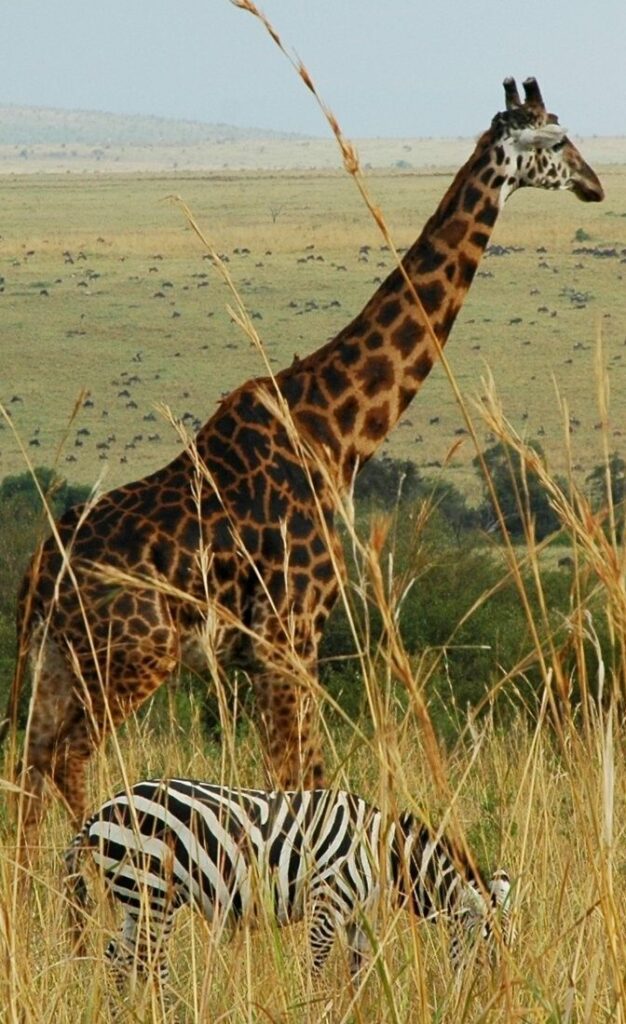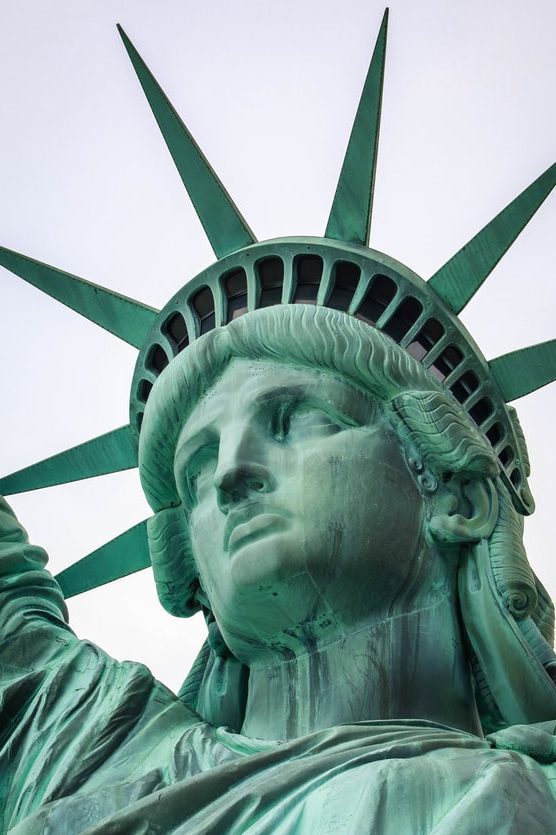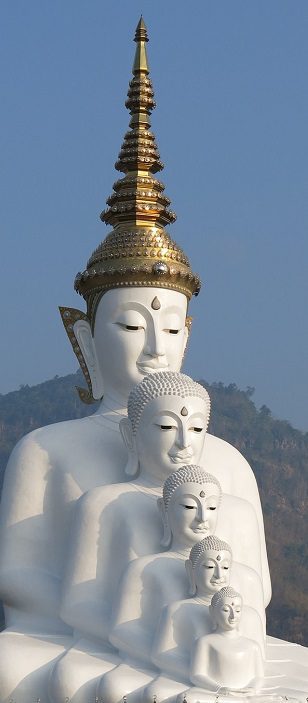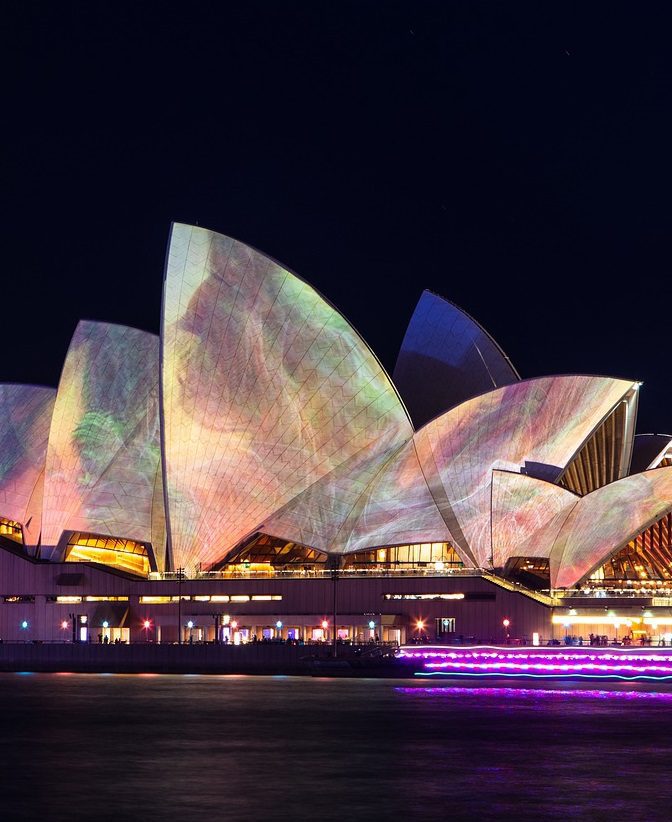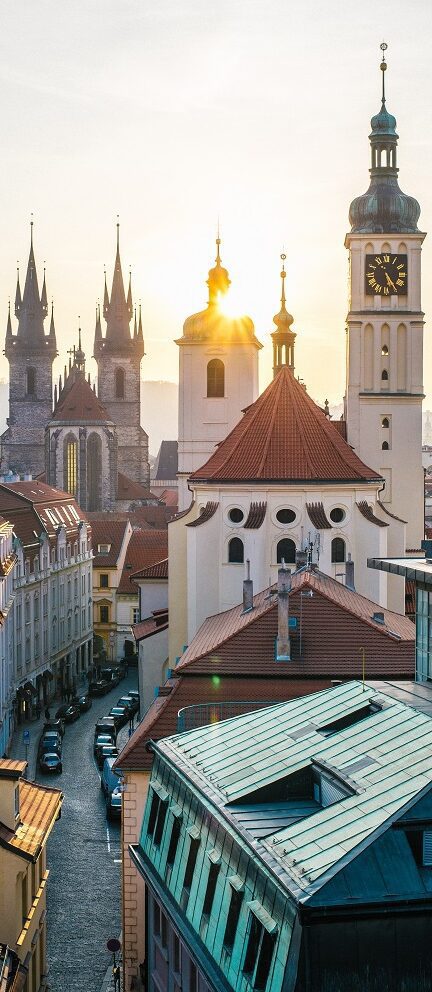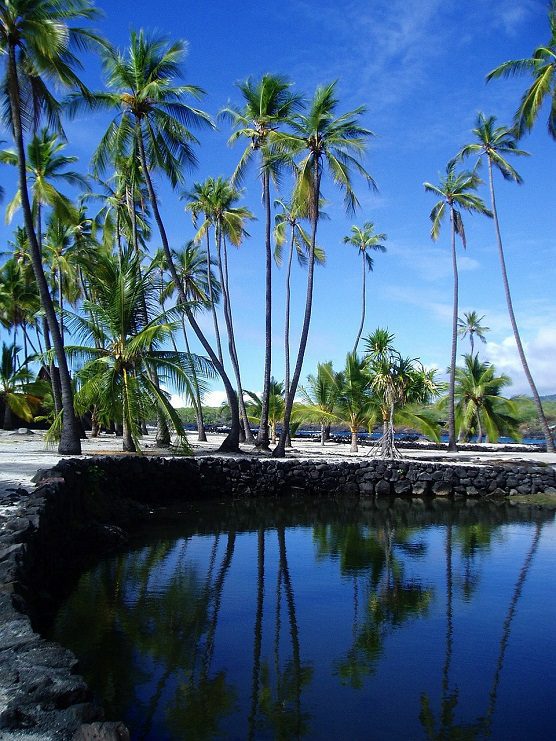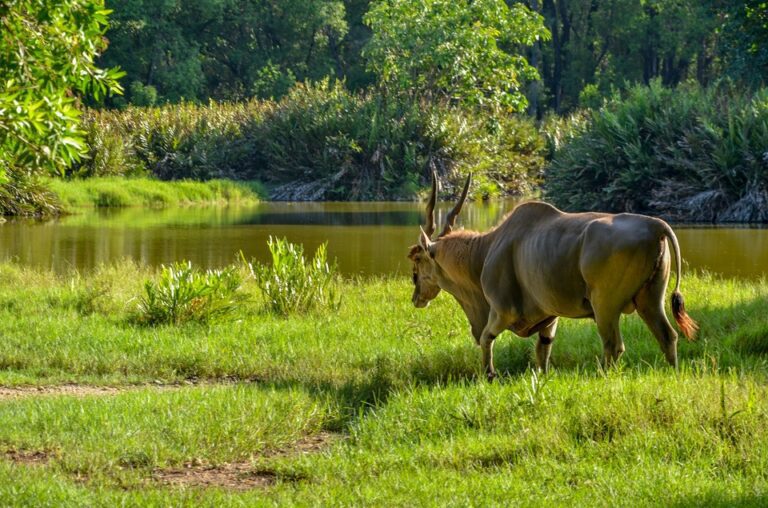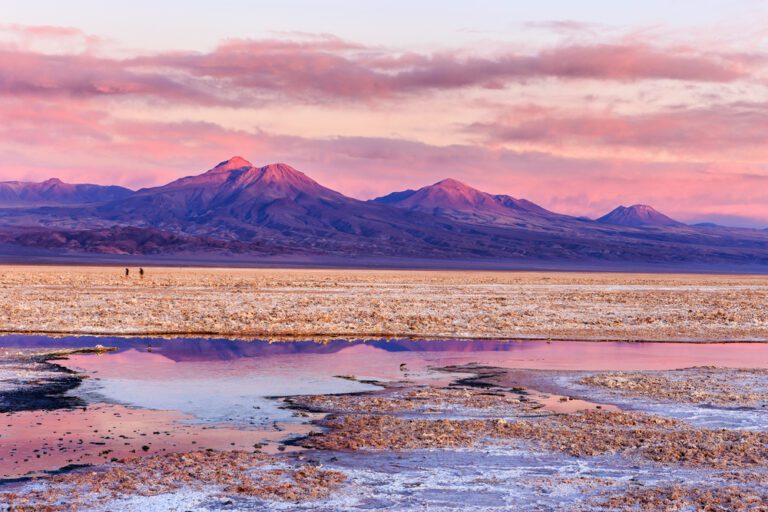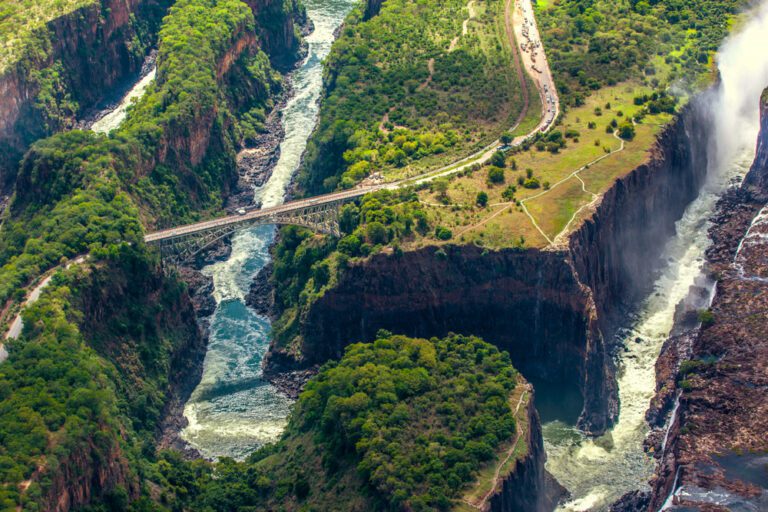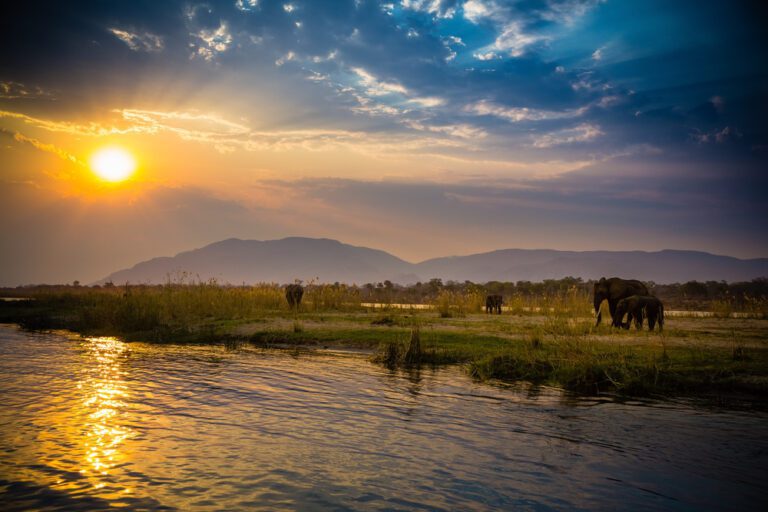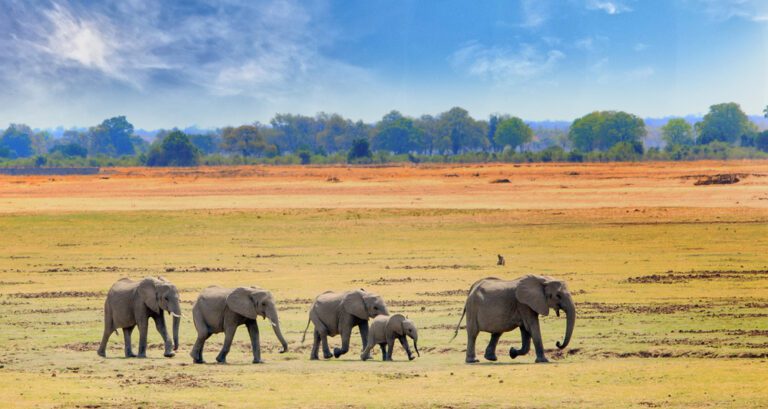The next step up Mount Norquay requires a lunge of faith. Looking over my sunglasses, slipping in sweat, I see I must now go left and out, across an outcrop of rock that juts some 200 feet above nothingness. I look at my red knuckles, gripping the tiny iron rungs bolted on the face of the cliff, and utter an expletive. (My mind knows I’m safely harnessed and tethered, but my body doesn’t believe a word of it.) I swing my left foot across the brittle rock, landing it on an inch-shallow ledge. I stay like that, hanging on, straddling a mountain face outside the town of Banff in the Canadian Rocky Mountains, as close to spread-eagle as my 47-year-old frame gets.

Wait, wasn’t I supposed to be on a train trip? It started that way. In three days, I got to Banff in Alberta, Canada from my home in Portland in Oregon, U.S.A.., partly by rail. It’s not only a gorgeous ride, cutting across the snow-capped Rockies and river gorges, but also a historic one. Sir John Macdonald, Canada’s beloved first prime minister, built the Canadian Pacific Railway (CPR) in the 1880s to turn Canada into a unified, transcontinental nation. Eventually it spawned the country’s national park system, opened up the mountains to tourism, and led to the development of Canada’s first luxury hotels. The only way to traverse the historic railway’s most rugged stretches is the Rocky Mountaineer, a luxury excursion train from Seattle to Banff (with overnight stops in Vancouver and Kamloops in British Columbia). That gives plenty of opportunity to consider the essence of Canada Oh, yes, and dine on three-course meals while sipping Okanagan Valley wines.
U.S. AND CANADIAN flags stand on either side of the Rocky Mountaineer’s eight cars in Seattle, as I— and about 150 others—board the train. Soon the rails take us alongside the Puget Sound, where we pass stacks of crab pots on the water and barns labelled “APPLE” and “CIDER.” By the time we pass the “Peace Arch,” built on the two nations’ border, passengers have loosened up. When we chug toward Vancouver’s glittering glass skyline, a father of a family from Mumbai breaks into a lullaby. The 60-something couple from Boston across the aisle asks what it says. “It means, T love you, but don’t make me wait.’”
I CHECK INTO the Fairmont Hotel Vancouver, then rush off to a downtown bar above a 7-Eleven. Opened as a members-only club for (male) Canadian Pacific railway workers in 1931, the Railway Club is now a music venue with wooden floors, a small stage area, a nook for darts, and a hidden lounge. It’s Friday, it’s busy. And not everyone is sober. I’m listening to an indie music band playing from the bar. “Did you know this is where pop star k.d. lang got her break?” a woman next to me asks. I didn’t. Samantha Kuryliak, an Ontario expat and off-duty bartender, says new bands begin here, and she loves it because all sorts of people come. “I have one regular who has come three times a week for 30 years. He’s 75.”
We have a full day to explore Vancouver, so in the morning, I hop on a free shuttle to the Capilano Suspension Bridge, Vancouver’s most popular attraction. It was built from hemp rope and cedar shortly after the railway reached town. First Nations groups called it the ‘laughing bridge” for the sounds the wind made whipping through its loose planks. It’s sturdier now, running 450 feet above a canyon and leading to elevated walkways between 250-year-old Douglas firs. Later, from the former CPR train station, a neoclassical building now serving as a Sea Bus ferry terminal, I cab it to Yaletown in downtown Vancouver. It’s there I find a 19th-eentury roundhouse, constructed to service trains.
It’s home to Engine 374, the first train to pull into town (in 1887). Inside, Craig McDowall, a grey-haired volunteer with a handlebar moustache, has been a train spotter since he was five. He played on the 374 as a kid when it was stationed in Kitsilano Park. Misreading me as a fellow train aficionado, McDowall calls up some steam engine videos on his laptop, then points me to the steps of the steam engine cab to pull the whistle. “Go on,” he says with a nod. I don’t think I have a choice, so I step forward, pull a cord, and reward myself—and a couple of Texan visitors loitering nearby—with a bellow that echoes across the brick floor.
